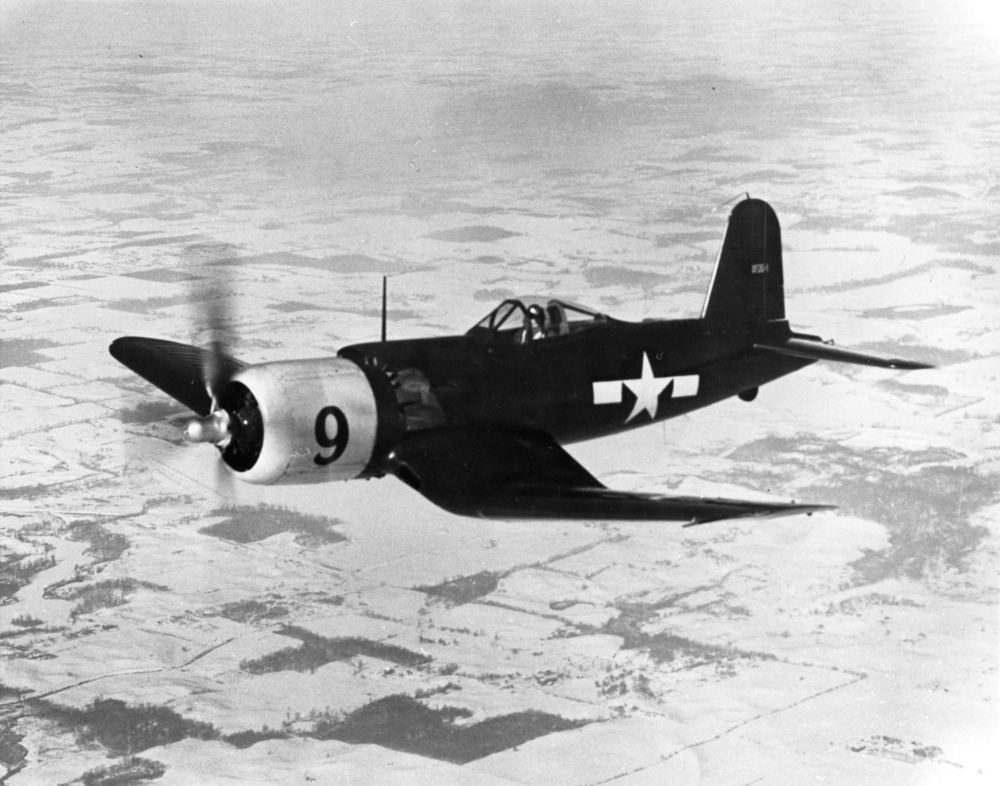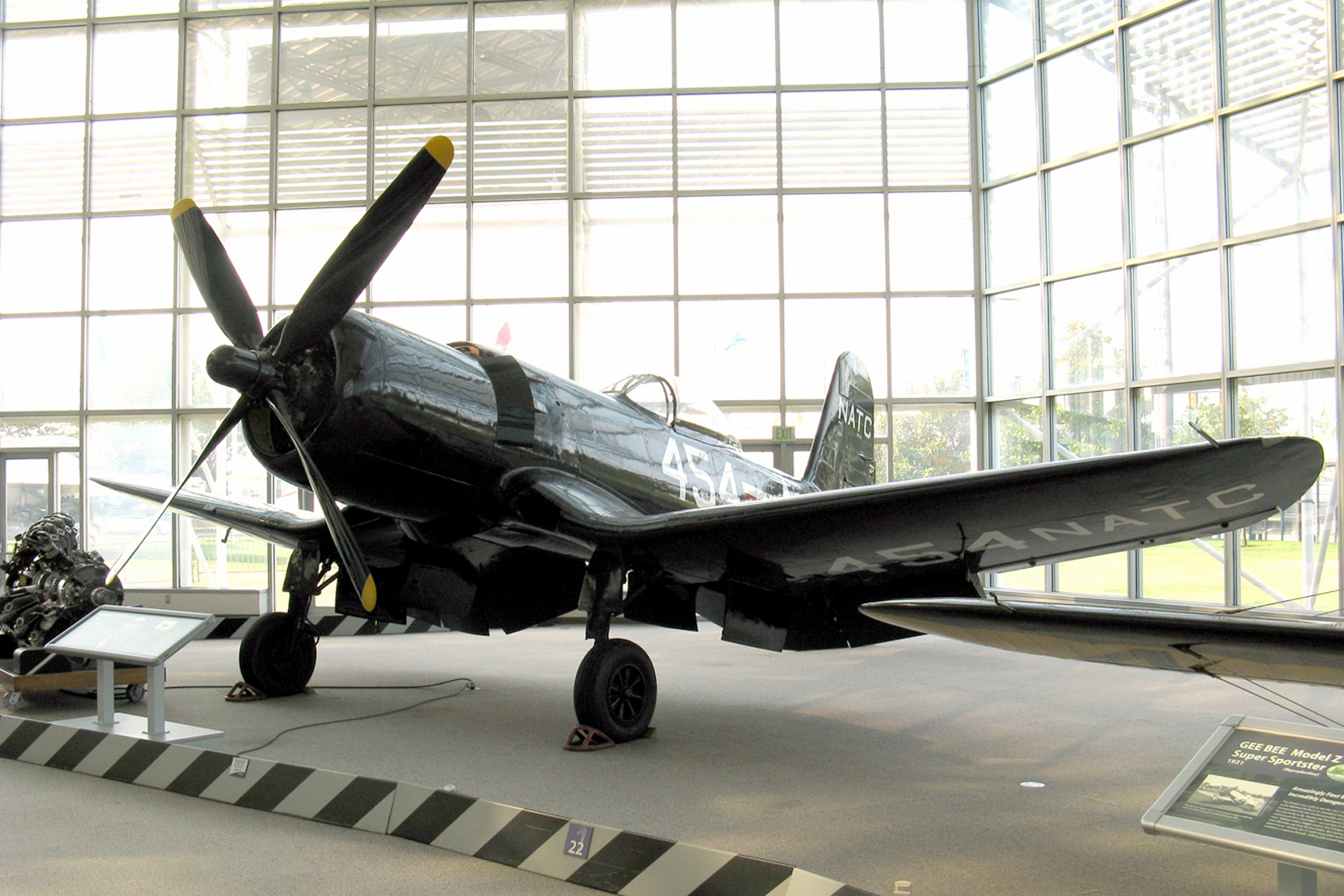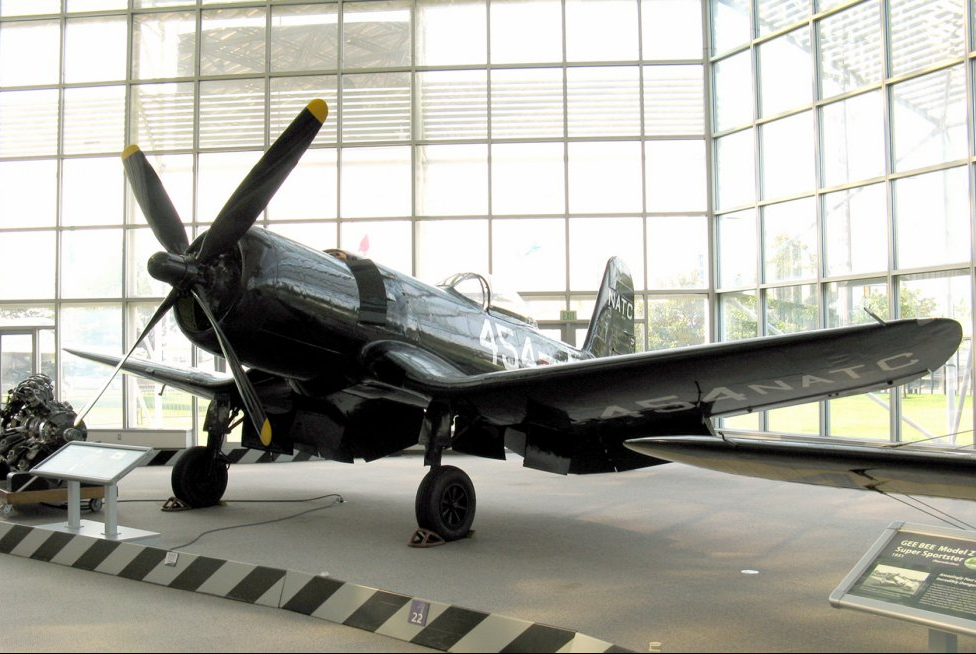Missionary
Well-Known Member
My dad was on carriers. He was a LSO (Landing Ship Officer) Assistant. Dads job was to stand behind the LSO and write down everything the LO said while flagging in a landing aircraft. Dad said they both hatted the Corsairs called the "Whistling Death" by the japs.
The Corsair was a huge fighter. Double row Wasp engine with 2000 horses to power that huge bird. Problem was the Corsair had a high wing load so would stall at normal carrier landing speeds. Had to come in fast to keep lift and control. Last several seconds of the landing the pilot could not see the deck anymore due to the long nose and the pilot seat being back behind the wing.. So the pilot had to watch the LSO on the left rear of the deck trusting him 100%. But if the LSO gave a wave off the pilots were taught to veer left which meant at and hopefully over the LSO and assistant. Dad said there was a safety net to jump into but the Corsairs had to land so fast there just was not much time to react.
The Corsair was a huge fighter. Double row Wasp engine with 2000 horses to power that huge bird. Problem was the Corsair had a high wing load so would stall at normal carrier landing speeds. Had to come in fast to keep lift and control. Last several seconds of the landing the pilot could not see the deck anymore due to the long nose and the pilot seat being back behind the wing.. So the pilot had to watch the LSO on the left rear of the deck trusting him 100%. But if the LSO gave a wave off the pilots were taught to veer left which meant at and hopefully over the LSO and assistant. Dad said there was a safety net to jump into but the Corsairs had to land so fast there just was not much time to react.
Last edited:



